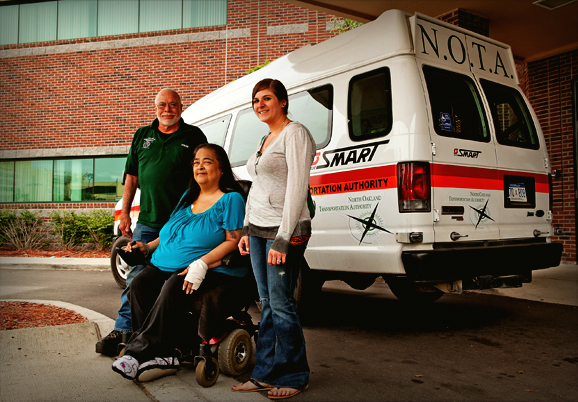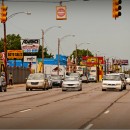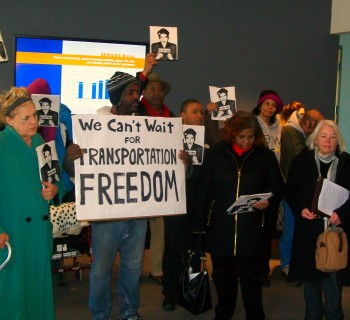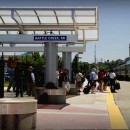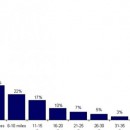Orion Township, Mich. — In the northeastern reaches of Oakland County, seniors, low-income individuals, people with disabilities, and welfare-to-work residents are able to skirt the challenges of getting around in their rural communities by using the North Oakland Transportation Authority.
Gaining in popularity and meeting a growing need, NOTA has quadrupled in size since it began services in 2001; it now serve six municipalities -- Orion, Oxford and Addison Townships and the Villages of Lake Orion, Oxford and Leonard -- with 17 vehicles, seven days a week.
Those who ride must apply to use the service; qualified riders then call 48 to 72 hours in advance to make appointments for rides. Last year, NOTA traveled 500,000 miles and provided 42,000 rides.
In the far reaches of Oakland County, much like other parts of rural America, distance between locales and a scattered population make getting around hard going without a vehicle. Yet, people need to connect to jobs, shopping and education programs; access needed services like healthcare and public offices; and keep socially connected through their churches and social groups and with family and friends.
According to Lynn Gustafson, director of NOTA, road conditions add to the challenge. “The difficulties we experience in the rural areas are the dirt roads and long distances between pick up locations that you wouldn’t find in urban areas.” She says the distances between stops in rural areas make transporting a large group of individuals more difficult. That’s why NOTA transports individuals door to door, an added perk for riders.
NOTA drivers provide assistance to passengers entering and exiting the vehicles, and they help carry groceries. “Riders do not have to walk to a bus stop in order to get service,” says Gustafson. “They schedule a pick up time and return ride home in one phone call.”
The largest population that NOTA serves are people with disabilities, which, including seniors with disabilities, accounts for 60 percent of the riders. Only 18 percent of riders are low-income, transit dependent riders. Gustafson says that there are few options for people without cars and not eligible for service, other than a taxi – a costly option when homes may be a long distance from town or village centers.
According to a FHA rural transportation planning document, most public transit services in rural areas, like northeast Oakland County, are provided primarily to transit dependent groups, such a people who are elderly or disabled. However, some general public access services exist in rural areas. But northeast Oakland County residents who can access NOTA’s free service – funded through government entities, Oakland County Community Mental Health, and federal and state grants – are lucky. Some 38 percent of the nation’s rural residents live in areas without any public transportation.
Do you live in a rural setting? Tell us how you get around and what are the toughest challenges in the comments section below.


